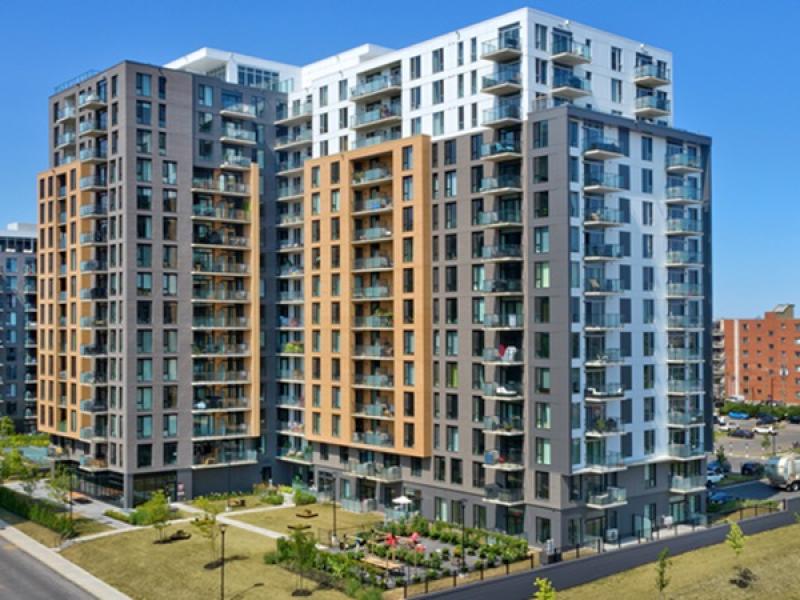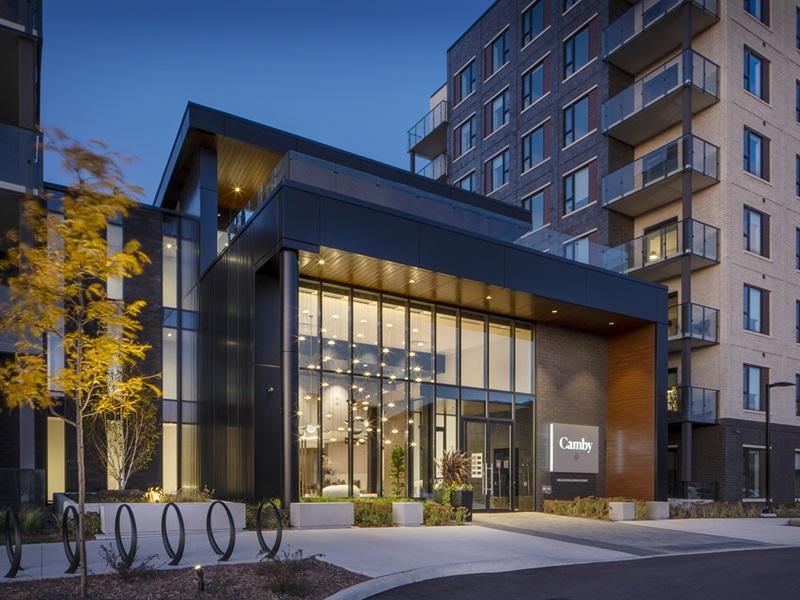Design leaves a lasting impact on how cities look, shaping cities 50 or even 100 years into the future.
Municipalities use several different methods to guide and shape the design of developments, from zoning to secondary plans and urban design guidelines.
To further promote design excellence in the public realm, Urban Design Panels — or Design Review Panels in some jurisdictions — have been implemented in numerous municipalities across Canada.
What are Urban Design Panels?
Urban Design Panels are an independent advisory board consisting of design professionals who give peer-to-peer advice to the architect and landscape architects of a project and the city.
Urban Design Panels are part of the development approval process. However, the criteria for undergoing a review differs from city to city.
In some municipalities, all major large-scale projects are subject to an Urban Design Panel. For other municipalities, only developments within certain districts require one.
In Toronto, a design review process is required for all publicly initiated projects with significant visual and physical impacts on the public realm, all large-scale site plan and rezoning applications within Design Review Districts, and all applications with significant public realm impacts located along avenues, major streets and surface transit priority corridors.
Panels do not accept or reject applications, nor do they make policy changes. Instead, Urban Design Panels encourage design excellence for things that impact the public:
– signage and accessibility for a barrier-free public realm;
– at-grade and façade design for animated pedestrian spaces; and
– building articulation to support well-designed communities.
Why have Urban Design Panels?
There is a sentiment that Urban Design Panels are just another way for cities to delay the development process and add unnecessary bureaucracy.
While making the development process smoother and more efficient is valuable indeed, Urban Design Panels have the potential to make a tremendous impact on a building, and as a result, the city. This potential makes Urban Design Panels a critical step of the development process.
As an independent advisory body of professionals, Urban Design Panels provide professional, objective advice for design matters that affect the public realm.
Having Urban Design Panels as part of the process can raise development standards, encourage design excellence, and improve project quality. These benefits make the process beneficial to both the developer and the public.
Urban Design Panels can also be used to achieve set goals. The City of Brampton Urban Design Review Panel follows a mandate to give well-rounded advice to create well-designed communities that foster a sense of place.
Some organizations have also implemented Urban Design Panels to achieve desired design outcomes. The Waterfront Toronto and Toronto Community Housing Corp. are such organizations.
Waterfront Toronto’s Urban Design Panel ensures a cohesive approach to waterfront revitalization and improved environmental performance for both public and private developments on the waterfront.
On the other hand, the Toronto Community Housing Corporation Urban Design Panel reviews design so that revitalization initiatives are functional, improve the physical environments of residents and create market value while promoting inclusive communities.
The Dos and Don’ts of your next Urban Design Panel
Having served as a member of the Urban Design Panel of the City of Burlington from 2017 to 2019 and having presented several Smart Density projects of my own to Urban Design Panels across the Greater Toronto Area, I have seen dozens of applications and presentations.
Here are 10 Dos and Don’ts for your next Urban Design Panel:
1: Create a clear presentation and focus on the design rationale. It is not necessary to submit the entire architectural set or planning rationale. Instead, focus on the design principles the panel needs to know and get excited about.
2: Present the design process. Tell the panel the considerations taken: What were the trade-offs? What was tried but did not work? This will make feedback more practical and beneficial.
3: Make it professional. An Urban Design Panel is composed of professionals. Using professional language is recommended.
4: Be short and to the point. There are only 10 to 15 minutes to present. Using time wisely and focusing on the design is critical. There is no need to speak about the company or past developments.
5: Counterarguments are not necessary. An Urban Design Panel is a peer-to-peer review. Unless there is a misunderstanding, do not argue or try to convince the panel otherwise. Agreeing to disagree is perfectly fine.
6: Ask leading questions. Direct the discussion to desired feedback.
7: Complete the design review process early enough in the process. Have a design review in the early stages so that feedback could be meaningful.
8: Spoon-feed information throughout the presentation. The panelists do not know the project as well as you or city staff.
9: Remember, an Urban Design Panel is an advisory board. The board is there to advise the architect and landscape architect of the project and the city; not to make decisions.
10: Finally, an Urban Design Panel review is a remarkable opportunity. Leading architects, urban designers and landscape architects sit on these panels. Enjoy the benefit of having so many great minds in one room for a singular purpose: to advise your new project.








